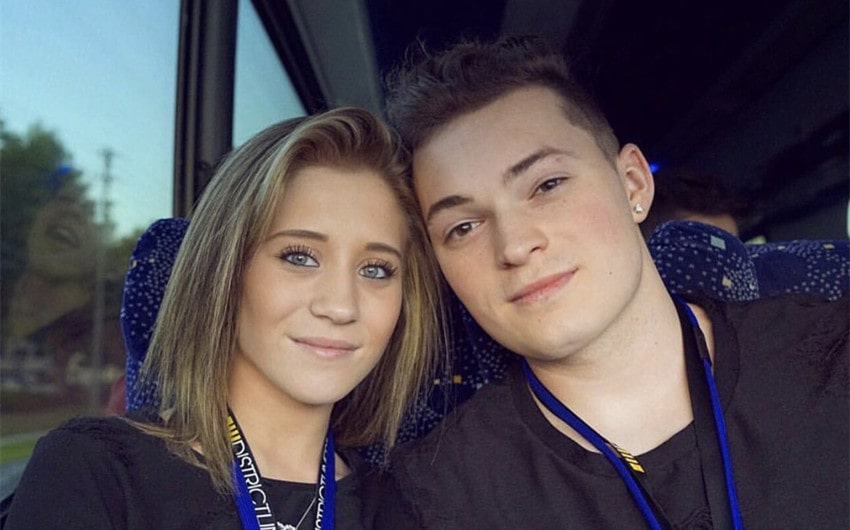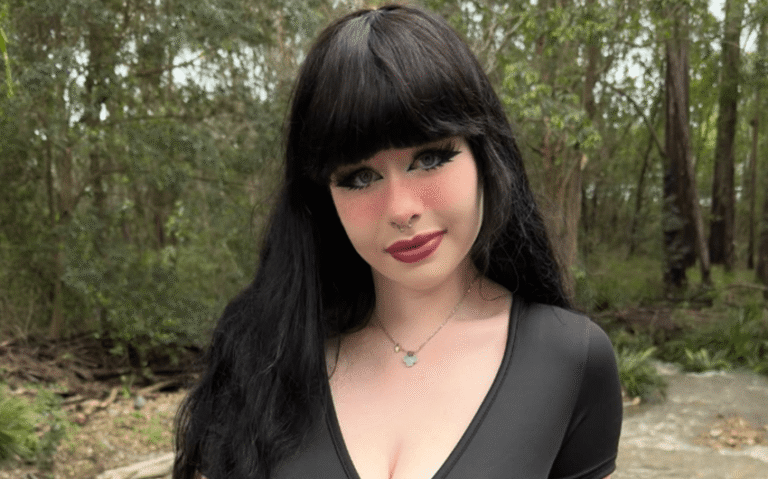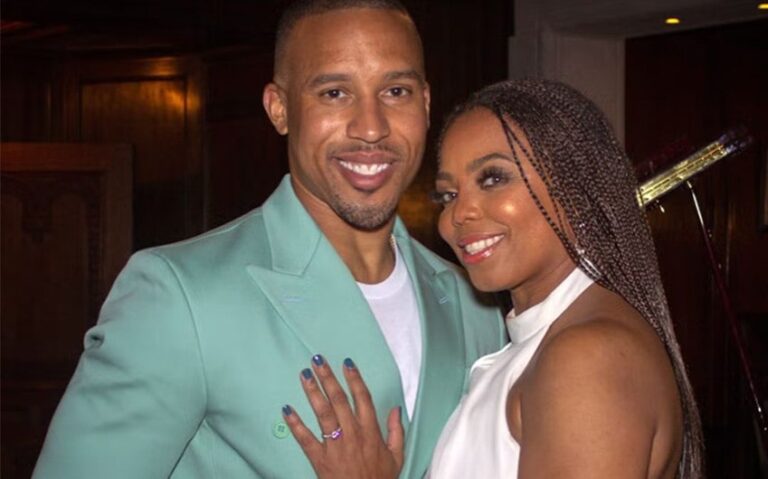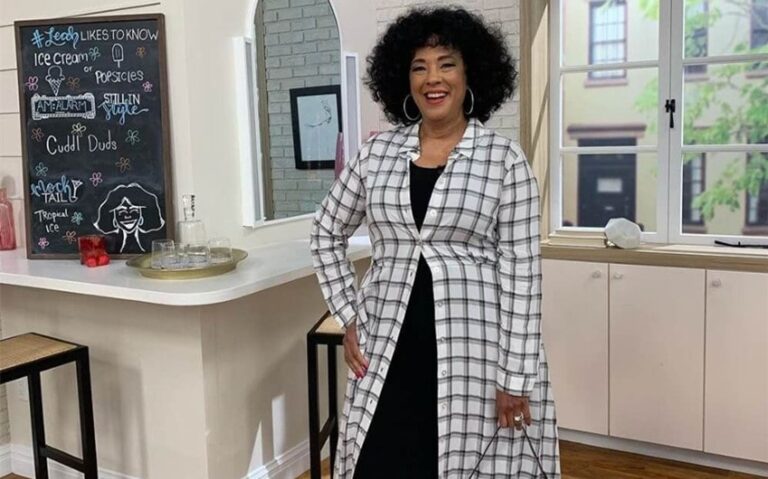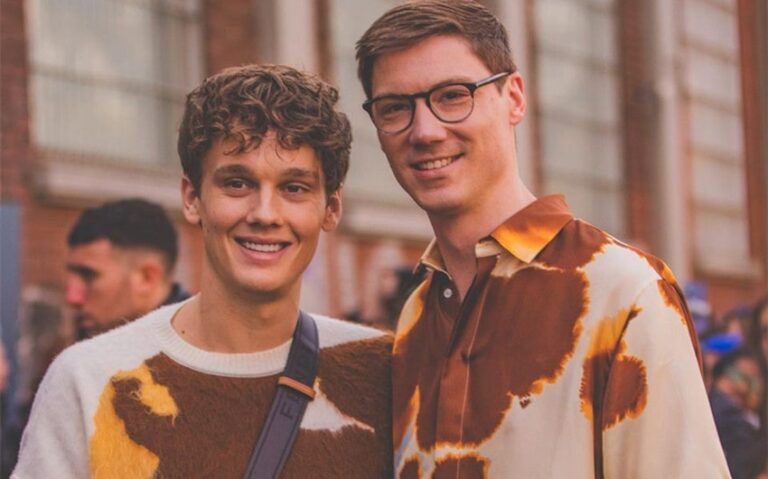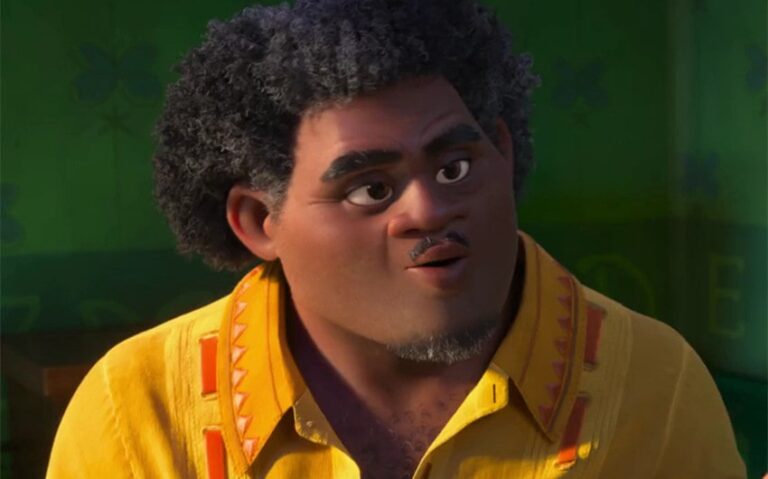Lizzy Wurst’s OnlyFans Is a Quiet Reclamation of Identity After Public Relationship Fame
Before she was an independent content creator with a growing OnlyFans following, Lizzy Wurst was best known to the internet as someone else’s girlfriend. A familiar face in the golden age of YouTube pranks and couples vlogging, Wurst appeared in countless viral videos that blurred the line between romance and performance. Her image was part of a larger story—one co-written with a high-profile partner, built for a shared audience, and curated in a world where every kiss, prank, and tear was content.
But that era ended. The relationship dissolved. And what remained was the more complicated part of the influencer equation: what happens when the “girlfriend” has to become the main character?
From Supporting Role to Solo Presence
Lizzy Wurst’s transition into full independence wasn’t instant or easy. Like many creators whose early visibility came from romantic partnerships, she had to face the difficult task of rebuilding audience trust while redefining her personal brand. There were months of silence. Then reappearances—smaller videos, social posts, flashes of her voice outside of someone else’s frame.
Her content shifted from joint prank culture to a softer, more self-aware voice. She began posting more about fitness, lifestyle, and beauty—areas that allowed her to cultivate identity without relying on shock value or relationship drama. But even as her public persona evolved, the question lingered: how do you move forward when your fame was once entangled with someone else’s narrative?
OnlyFans as a Turning Point
Wurst’s decision to join OnlyFans marked a significant milestone in that evolution. It wasn’t a scandal. It wasn’t a stunt. It was a move that, for her, felt logical: a way to reclaim her image, monetize her content on her own terms, and connect with her audience more directly than traditional platforms allowed.
Unlike some creators who join OnlyFans during waves of controversy or reinvention, Wurst’s entrance was quiet but intentional. She didn’t use it to shock old fans—she used it to show them. To let them see a version of her that wasn’t filtered through a relationship brand or edited for the YouTube homepage.
What She Offers—and What She Withholds
On OnlyFans, Wurst’s content is soft, curated, and suggestive without being extreme. It aligns closely with her public persona: sexy, but never chaotic. The lighting is warm. The tone is personal. She engages with fans but maintains boundaries. There’s a noticeable sense of ownership—every image, caption, and decision feels like hers.
There’s also a sense of intentional omission. Wurst doesn’t use OnlyFans to tell all. She doesn’t bring up the past. She doesn’t capitalize on old wounds or reference old relationships. Instead, she focuses on the present—a woman building her brand, shaping her content, and managing her career on her own.
Redefining the Post-Girlfriend Creator
Wurst is part of a growing group of women in the influencer space who became famous in the context of romantic relationships and later had to disentangle their personal worth from that shared fame. These creators often face more scrutiny than their male counterparts. They’re labeled as sidekicks, accused of riding coattails, and then expected to either fade away or prove they can stand alone.
Wurst’s OnlyFans presence defies that binary. She’s not fighting to erase the past, nor is she relying on it. She’s simply building. And what she’s building is quiet but deliberate—an audience based not on couple drama or staged virality, but on curiosity, consistency, and trust.
Audience Loyalty and the Slow-Build Strategy
Her subscriber base didn’t explode overnight. But it didn’t need to. Wurst’s strength lies in the slow build—an audience that may have discovered her in one context but has stayed for something else entirely. Her fans aren’t just looking for spectacle. They’re looking for someone who stayed standing after the spotlight moved on.
That kind of audience is rare. It doesn’t just consume—it listens. It grows. And it forms the foundation for long-term creative freedom.
The Emotional Undertones of Reclaiming Visibility
There’s something undeniably emotional about watching Wurst navigate this new chapter—not because she’s broadcasting her feelings, but because of what she doesn’t say. Her calmness becomes a statement. Her presence becomes a form of healing. She isn’t seeking revenge. She isn’t trying to prove anything. She’s just showing up, every day, in a digital space where she controls the narrative.
In an influencer culture driven by spectacle and scandal, that kind of emotional restraint becomes powerful. It’s not passive—it’s poised. And Wurst’s ability to hold that tone, especially on a platform as sensationalized as OnlyFans, speaks to a confidence that doesn’t need to shout.
Privacy in the Era of Performance
One of the most striking things about Wurst’s OnlyFans is her handling of privacy. She gives just enough to maintain connection, but never too much to feel exposed. It’s a balancing act many creators struggle with—especially those transitioning from public couples content, where boundaries were often blurred or nonexistent.
Wurst has quietly redrawn those lines. She responds to fans without oversharing. She flirts without baiting. She performs, yes—but on a script she wrote herself. And in doing so, she models a new kind of visibility: one that doesn’t demand emotional nudity to feel authentic.
Conclusion: A Subtle Power Move in a Loud Industry
Lizzy Wurst’s OnlyFans may not dominate headlines, but it tells a quieter, more resonant story. It’s the story of a woman reshaping her narrative after a public breakup. Of someone stepping out of a shared brand and into her own. Of choosing intimacy without chaos. Content without conflict. Growth without noise.
She’s not asking for attention. She’s earning it. And in the influencer world, that kind of power move is rare—and worth watching.
Featured image source: X

